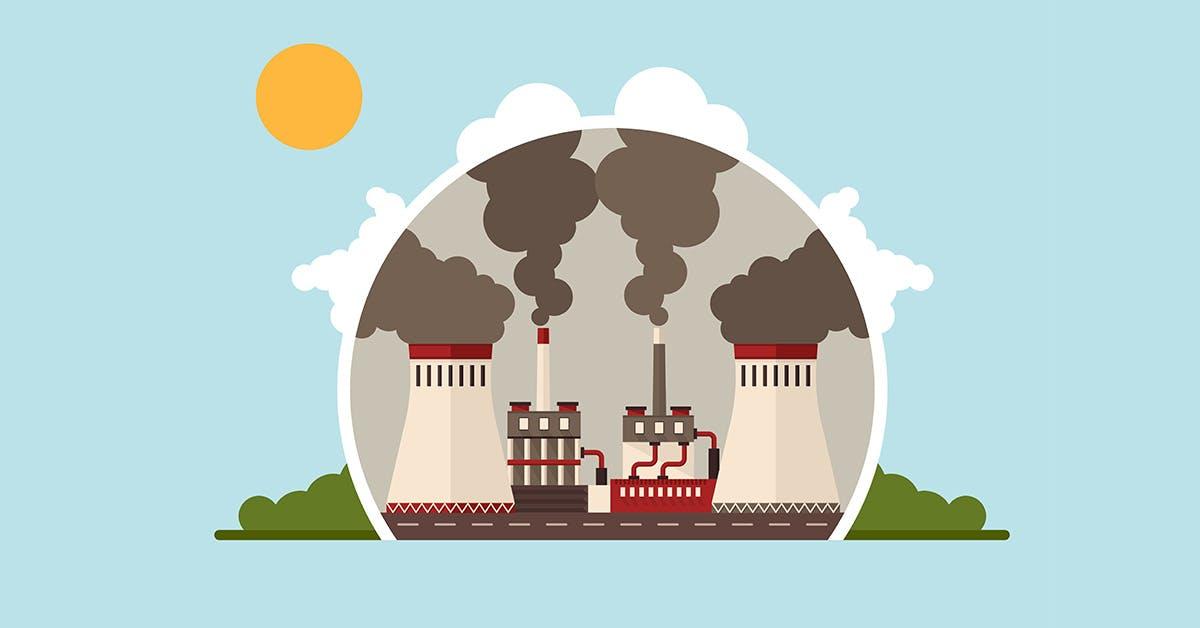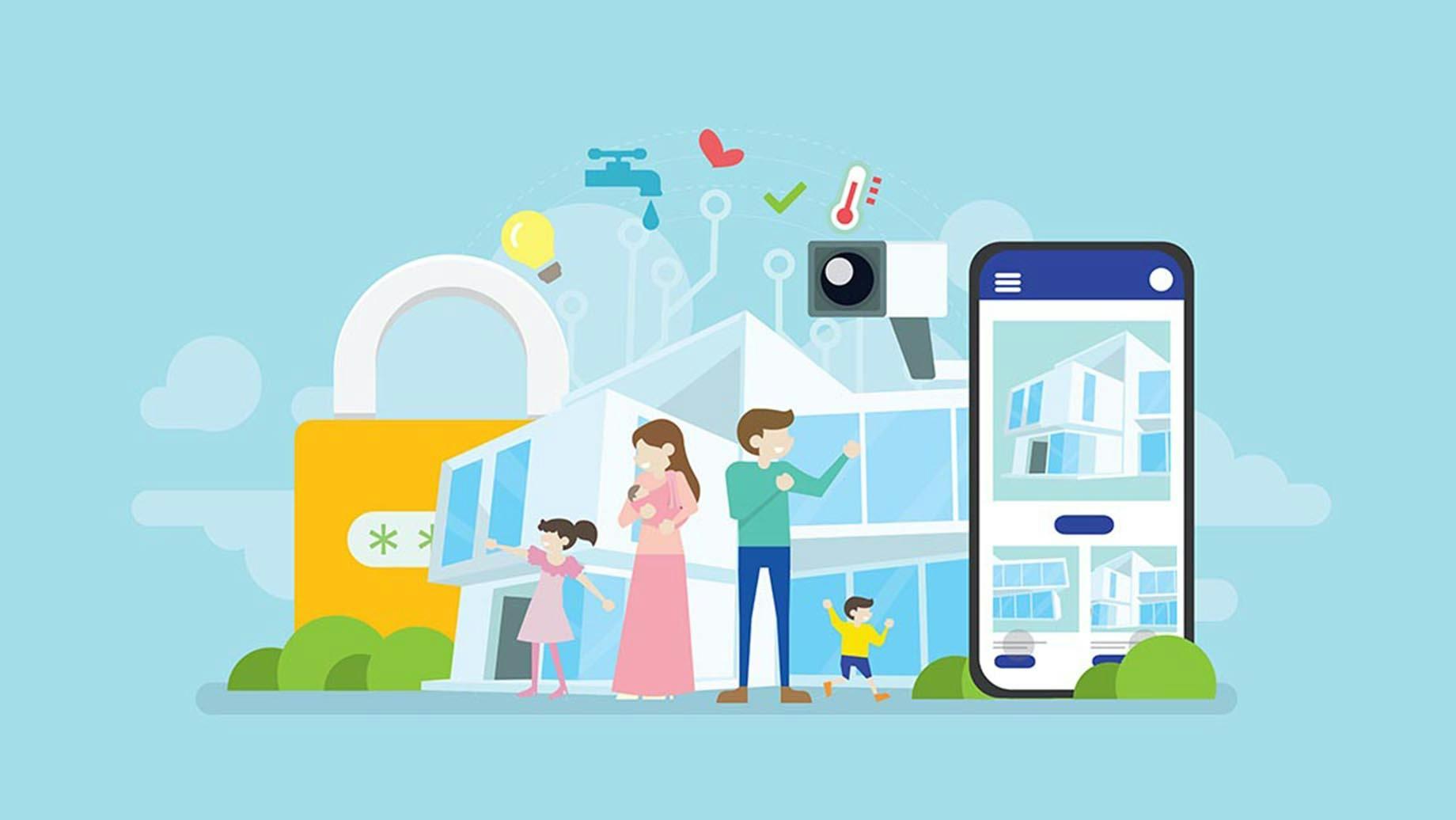
Renewable Energy for Homes
Inspire Clean Energy
8 min read
category: Sustainable Living
Don't worry about climate change— do something about it.
Our clean energy plans are the easiest way to reduce your home's carbon footprint.
Switch to clean energyHow can we use renewable energy at home?
Renewable energy is growing in popularity and usage in the United States. The ability to generate carbon-neutral electricity that emits zero or near-zero emissions is a great way to decrease air pollution and help slow the dangerous pace of climate change.
As we look to our leaders to develop policy that helps us embrace the use of renewable energy and move away from fossil fuels on a macro-level, we might be left wondering what we can do on a personal level to help. Individuals can help contribute to the overall reduction of greenhouse gases in the atmosphere by using renewable energy sources in their homes.
The use of renewable energy sources in the home has been steadily increasing over the last half-century. It is only recently that we have seen significant gains in renewable energy sources, mainly due to the reduction of overall costs and more incentives from local, state and federal governments.
Here are some of the best ways you can help to combat the effects of climate change by powering your home with renewable energy1:
- Choose an energy provider that uses renewable energy sources: If you live in a state that has a deregulated energy market, like California, Ohio or Pennsylvania, then you have the right to choose who supplies energy to your home. You can choose an energy supplier who utilizes only or primarily renewable energy sources such as solar, hydro, biomass and wind energy.
- Residential solar panels: Installing solar panels on your home is one of the most common ways to bring renewable energy to the house. Solar panels installed on your roof can absorb the sun’s energy during the day, even when it is cloudy outside. The solar panels can turn the sun’s energy into electricity to heat your home, power your lights, run appliances and more. You can also have solar batteries installed, which can store generated electricity for use at night. Any excess energy that is produced can be sold back to the main power grid for a small profit. Having solar panels on your home is an excellent way to reduce your carbon footprint and save money on energy costs.
- Micro wind turbine generators: Installing a small wind turbine at your home is not very difficult, and you do not need a large plot of land to do so. You can either have a wind turbine installed directly onto your roof or install a stand-alone turbine in your yard. Having your wind energy source at your home can save you money by lowering your energy costs, and if you happen to produce excess energy, often you can sell it back to your energy provider for a small profit.
- Air source and geothermal heat pumps: Both air source and geothermal heat pumps take the temperature from outside the home to create heat. An air-source heat pump pulls air directly from outside, whereas a geothermal heat pump pulls air from about 10-feet underground. These energy sources are used to create heat for in-home heating systems, water heaters, and more.
- Small-scale biomass systems: A biomass system burns organic materials like wood and other plant material to create energy. For example, a wood stove can heat water, cook and provide heat for interior spaces. Often wooden logs are burnt, but so are wood pellets and wood chips.
- Solar hot water heater: There are many different types of solar hot water heaters. Some can be mounted on your roof, some hang from the side of your house, and some are mounted on freestanding frames in your yard. These types of solar hot water heaters use energy from the sun to heat water rather than natural gas or electricity.
- Residential hydropower: If you have a flowing river on your property, anywhere there is a three-foot elevation drop in the river can be used to harness the kinetic energy of the water to help power your home or business.
Even though the biggest impacts needed to deter climate change must be made on the industrial level, many small actions can be taken to affect our environmental impact.
Is using renewable energy at home different from nonrenewable?
Yes, using renewable energy at home is very different from using nonrenewable energy. Using a renewable energy source at home would entail any of the seven ways listed above, such as installing solar panels on your roof, using a geothermal heat pump to generate electricity, or accessing renewable energy to power your home through an energy supplier like Inspire.
Using nonrenewable energy in your home would use the electricity and natural gas supplied to your home by the public utility. These utilities are provided by an energy supplier who mainly burns coal, natural gas or oil to produce electricity.
What are the advantages of using renewable energy for your home?
One advantage of using renewable energy for your home is the impact on your utility bills. You can significantly reduce your electricity and heating bills by using renewable energy sources as an alternative or supplement to some of your monthly energy usage. For example, using a wind turbine or solar panels could greatly reduce your reliance on electricity provided by the public utility making your electricity bills smaller. If you happen to produce more electricity than you need, you can sell it back to the utility company for a profit. To save on heating costs, the use of renewable energy heat pumps or biomass systems can greatly reduce your reliance on using the supplied electricity or natural gas to heat your home, saving you money. Another benefit of using renewable energy for your home is the reduction of your carbon footprint. Small yet important contributions can be made to reduce the devastating impacts of climate change.
What are the disadvantages of using renewable energy for your home?
A disadvantage of using renewable energy for your home includes higher installation costs. Installing solar panels or a wind turbine could save you money in the long run. However, the initial costs can be pretty high, and it may take some time before you begin to see a return on your investment. This is why some governments have made considerable efforts to incentivize the installation of renewable energy sources in the home by utilizing tax credits and by allowing excess energy produced to be sold back to the general electrical grid.
The other main disadvantage of using renewable energy sources in the home is that energy production can be unpredictable. For example, wind energy relies heavily on the weather, making it difficult to know how much energy will be produced each month. Even if you get most of your energy from renewable sources, you may still be somewhat reliant on the general electrical grid as a backup energy source to compensate for times when renewable energy production is low2.
What renewable energy sources can power a home?
Several viable renewable energy sources can be used to power a home. A few sets of solar panels or a wind turbine could do the trick when it comes to electricity production. When it comes to heating and cooling your home, you may want to look into air sources and/or geothermal heat pumps. When it comes to heating water, there are also geothermal and solar options that can help to heat all or some of the water needed by your household. Depending on the geophysical makeup of your property, you will have different options with varying degrees of effectiveness.
Can a home be fully powered by renewable energy?
The short answer is yes. Depending on your energy requirements, it is entirely possible to power an entire home solely with renewable energy. Whether you generate all the power yourself through solar or wind energy infrastructure, you use energy providers and/or suppliers that are committed to using 100% renewable energy, or you use a combination of the two, it is realistic that you could power your entire home with only renewable energy sources3.
Is buying renewable energy more affordable than nonrenewable energy?
According to the International Renewable Energy Agency (IRENA), renewable energy is now the cheapest source of energy production. Additionally, the cost of installing renewable energy sources continues to fall. These are due to several factors, including consistent improvements in technology and infrastructure4.
How do you get renewable energy for your home?
One way to access renewable energy for your home is to install a renewable energy system. However, this can be costly and is not always allowed. The simplest way to access renewable energy is to subscribe to a renewable energy supplier, like Inspire. We offer residents access to reliable renewable energy for their home at a flat monthly price.
To get started, visit our homepage and enter your address and/or ZIP Code. If Inspire’s clean energy supply plans are available in your area, you can proceed with linking your utility and discover the beginning of consistent and predictable monthly energy bills.
Access clean energy for one flat monthly price—subscribe today.
- eonenergy.com/spark/ways-to-power-your-home-with-renewable-energy.html↩
- viessmann.co.uk/heating-advice/what-are-the-pros-and-cons-of-renewable-energy↩
- bluesel.com/2021/06/03/fact-vs-myth-can-solar-energy-really-power-an-entire-house↩
- forbes.com/sites/jamesellsmoor/2019/06/15/renewable-energy-is-now-the-cheapest-option-even-without-subsidies↩
Don't worry about climate change— do something about it.
Our clean energy plans are the easiest way to reduce your home's carbon footprint.
Switch to clean energy
Inspire Clean Energy
We're on a mission to transform the way people access clean energy and accelerate a net-zero carbon future.
Learn more about Inspire →Explore more
Recent Posts
Top Articles





















